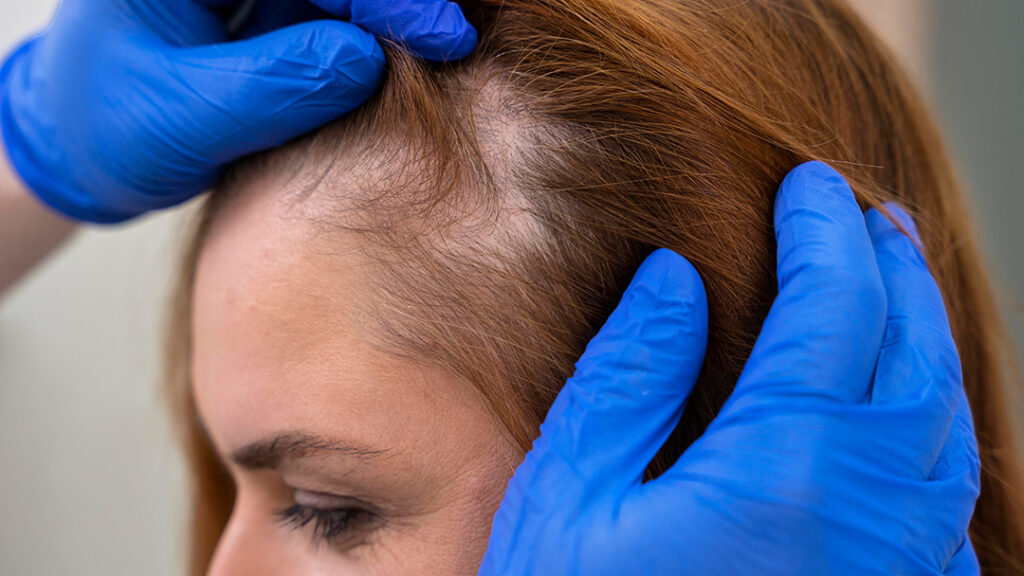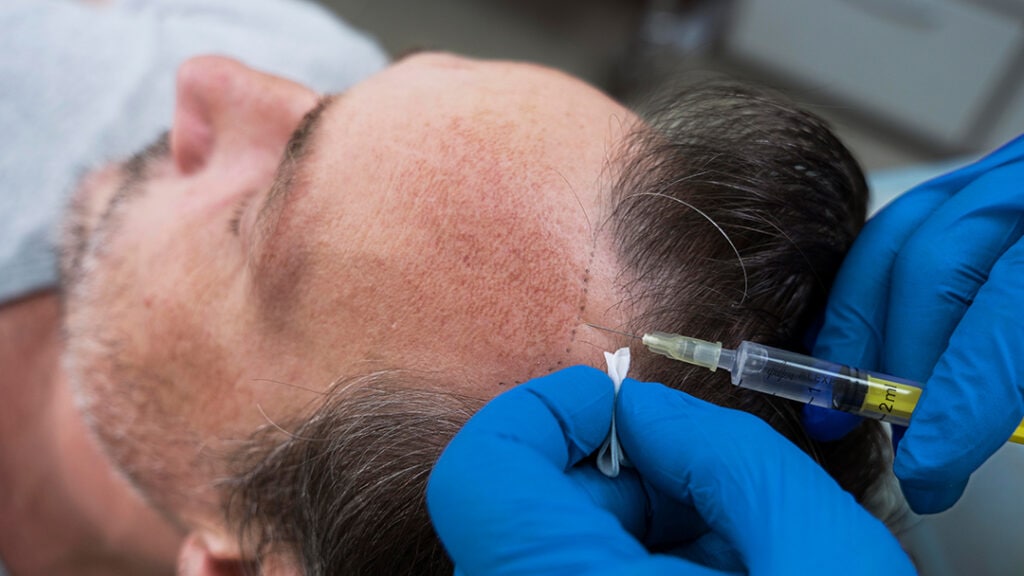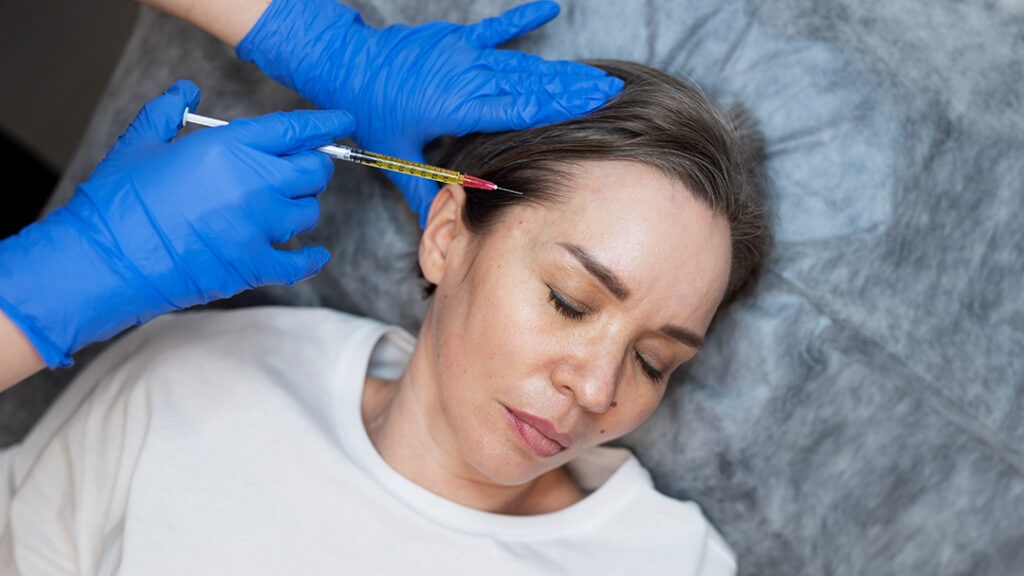
Hair disorders encompass a range of conditions affecting the scalp and hair follicles, leading to abnormalities in hair growth, texture, or overall health. Common disorders include alopecia, where hair loss occurs, and conditions like trichotillomania, involving compulsive hair pulling. Scalp infections, hormonal imbalances, and nutritional deficiencies can contribute to hair disorders.
Disorders like alopecia areata result in patchy hair loss, while androgenetic alopecia leads to progressive thinning. Diagnosing and managing hair disorders often involves a comprehensive approach, considering factors like genetics, lifestyle, and underlying health issues, with treatments ranging from topical medications to surgical interventions depending on the specific disorder.
Hair loss treatments target the root causes of thinning or balding, with wide array of treatment options like topical solutions, oral medications and surgical interventions such as hair transplants. Medications like minoxidil and finasteride work to stimulate hair follicles and address hormonal imbalances, while surgical procedures involve the transplantation of healthy hair follicles to areas experiencing loss.
These treatments are designed to enhance hair growth and revitalize a fuller, healthier look, with personalized approaches tailored to individual needs and preferences.

